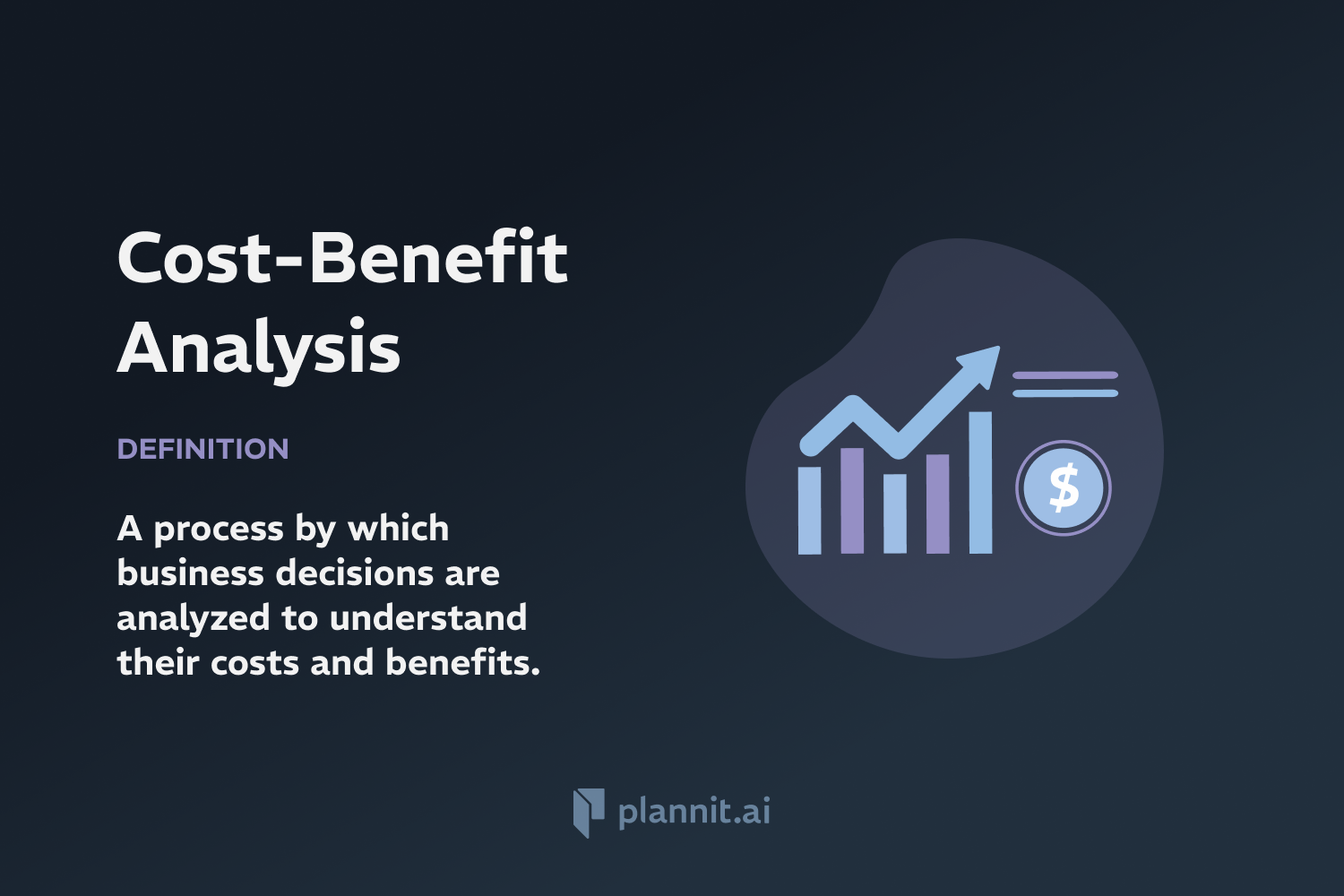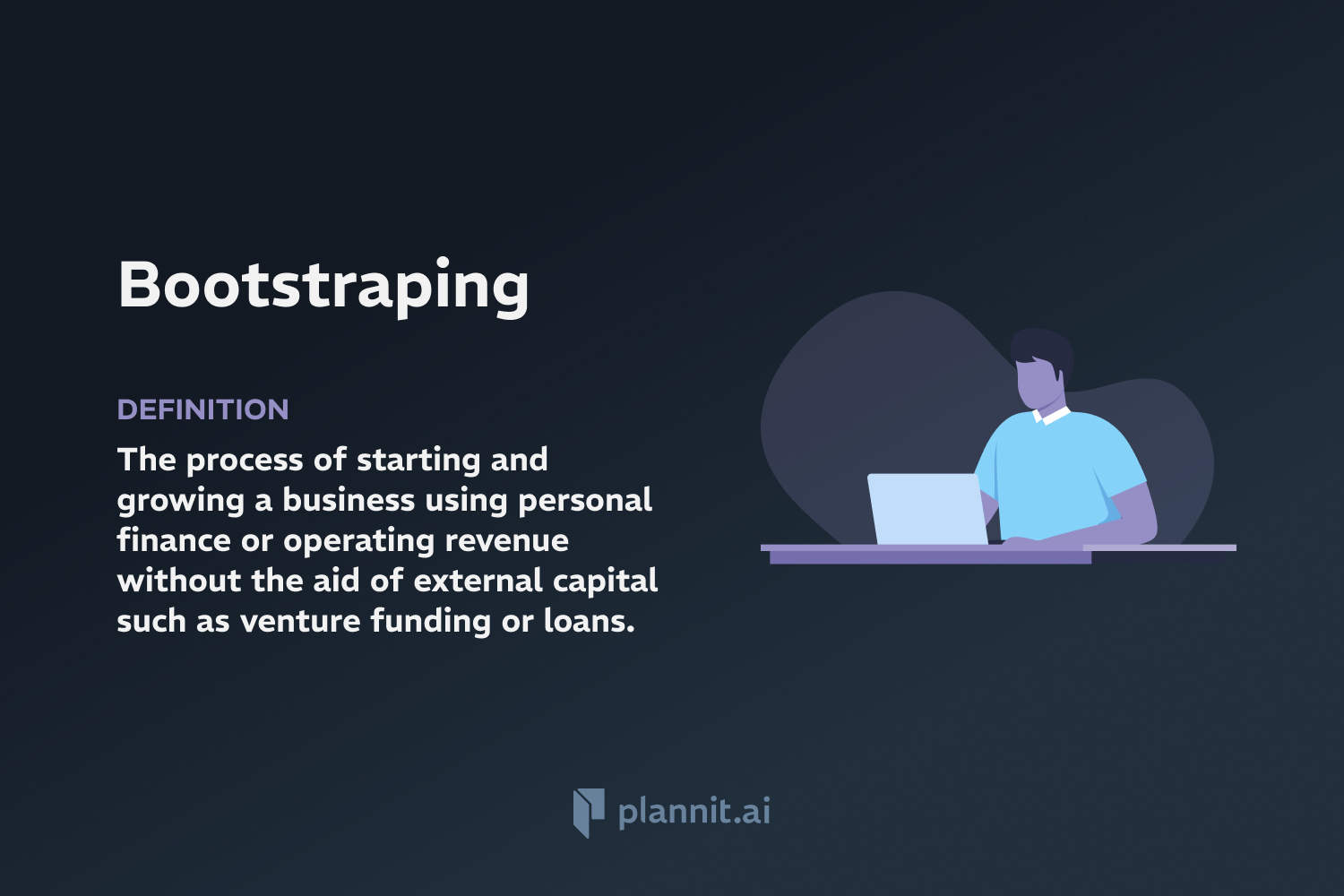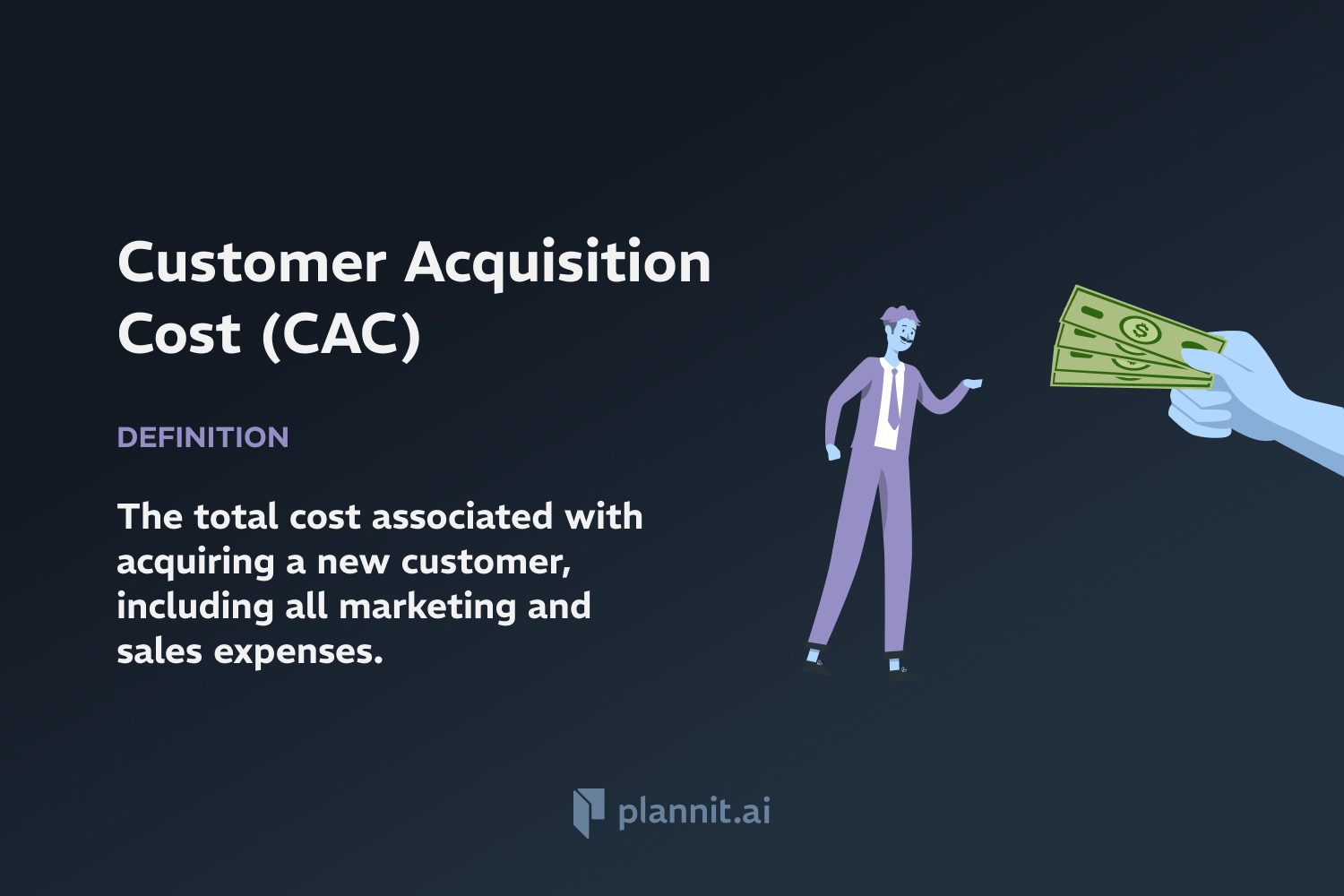Need Help With Your Business Plan?
Answer tailored questions and get a detailed business plan in minutes.
Gross Profit: Definition & In-Depth Explanation

Gross profit is a financial metric used to assess a company's profitability before accounting for fixed costs such as overhead, payroll, taxation, and interest payments. It is calculated by subtracting the cost of goods sold (COGS) from total revenue. This figure provides insight into the efficiency of a business in terms of production and pricing strategies.
Purpose:
The primary purpose of gross profit is to measure a company's manufacturing and distribution efficiency relative to its sales. It indicates how well a company controls its production costs or the margins obtained from its products. Gross profit is a crucial indicator for managers and investors as it reflects the core profitability of a company's operations before indirect costs are considered.
Example:
If a company earns $500,000 in sales revenue and incurs $300,000 in COGS, the gross profit would be $200,000. This gross profit figure shows the amount available to cover operating expenses, invest back into the business, pay debt obligations, and return profits to shareholders.
Related Terms:
Net Profit: The actual profit after working expenses not included in the calculation of gross profit have been paid.
Revenue: The total amount of income generated by the sale of goods or services related to the company's primary operations.
Operating Profit: Profit earned from a firm's core business operations, excluding deductions of interest and tax.
Margin: Refers to the difference between the selling price of a product and the cost of production, expressed as a percentage of revenue in the context of gross, operating, and net margins.
FAQs:
How is gross profit different from net profit?
Gross profit measures profitability after subtracting only the cost of goods sold from revenue, focusing on production and sales efficiency. Net profit, on the other hand, accounts for all expenses, including operating expenses, interest, taxes, and other non-operational costs.
Why is gross profit important to track?
Tracking gross profit helps businesses identify product pricing issues, control product costs, and make decisions about scaling production, entering new markets, or discontinuing products.
Can gross profit be negative?
Yes, gross profit can be negative if the cost of goods sold exceeds revenue. This situation indicates that a company is selling its products for less than it costs to produce them, which is unsustainable in the long term.
How can a company improve its gross profit?
Improvements can be made through increased prices, reduced production costs via efficiency gains or cheaper materials, or by shifting sales focus to higher-margin products.
Does a high gross profit always ensure business success?
Not necessarily. While a high gross profit is a positive indicator of manufacturing and sales efficiency, the company must also manage its operating expenses, taxes, and other costs effectively to be financially successful.
Use our free gross profit calculator to see how your business is doing
Get funding with a business plan that will impress investors.
Starting a New Business?



